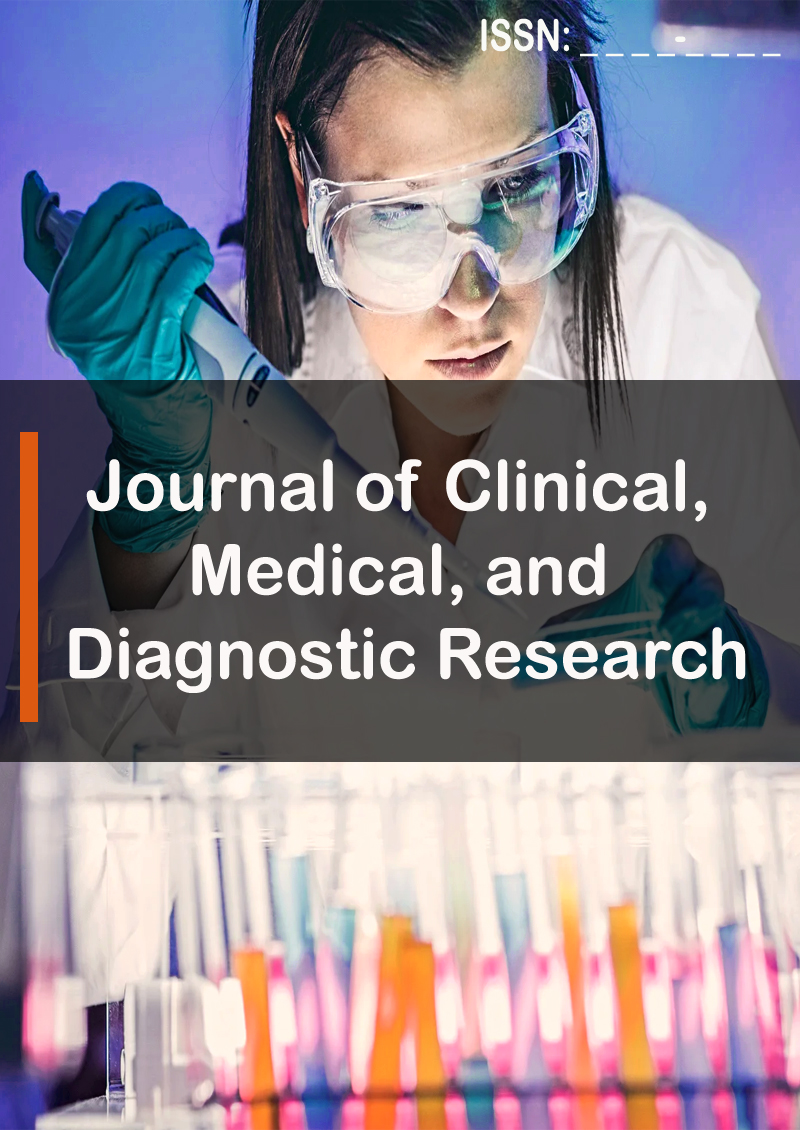Bacterial Isolation and Identification from Bovine Mastitis and Their Pattern of Anti-Microbial Susceptibility Test in Selected Districts of North Shoa and Oromia Special Zone Surrounding Finfinne, Central Ethiopia
Abstract
Tesfaye Belachew and Dereje Fufa
A cross-sectional study was carried out from January 2023 to February 2023 to study the prevalence of bovine mastitis (Clini- cal and sub –clinical), risk factors, to isolate and identify major pathogens and to make antimicrobial susceptibility test on the isolates on cross breed lactating cows which kept under intensive farming /husbandry/ system found in Barek and Sululta town.
A total of 200 lactating cows examined 66 from Sululta, 71 from Wuchale and 63 from Debre libanos for mastitis by screening test/California Mastitis Test/ for sub clinical and udder observation and palpation for clinical mastitis from 9 kebeles which found in sululta, Wuchale and Debre libanos. The overall prevalence of mastitis was 57 (28.5%), where lower in Sululta and Debrelibanos districts 16(24.24) and 15(23.80) respectively and higher in Wuchale distirict 26(36.61) by clinical and sub clinical type of mastitis. From cultured samples, the bacteria genera species and isolated were as in with high prevalence were Staphy- lococcus intermidius 35(71.43), Staphylococcus aureus 6(12.25), E.coli 1(2.04). Coryne bacterium (6.12%) and Bacillus cereus 4(8.13). From currently tested few isolates using selected antimicrobial agents, all susceptible for Chloramphenicol and Genta- mycin except one each isolates of S.aureus and for both which shows intermediate. Similarly, most of the isolates susceptible to Erythromycin and Amoxicillin except some isolates of Staphylococcus aureus, and bacillus cereus. However, high resistance was observed by most of isolates to Penicillin and tetracycline.
Those cows with different lactation stage and farming system revealed significant difference (p<0.05) in prevalence of mastitis. The prevalence of both age and parity by risk factors were insignificance (P>0.05), however, there was significance difference between semi intensive and extensive farming system (P<0.05). Prevalence of mastitis, particularly, the subclinical one could bring about major economic losses in dairy cows without notice as result of reduced milk production, poor growth or mortality of suckling calves and dam health. The resistance to penicillin and tetracycline were observed with poor efficacy may be due to prolonged and indiscriminate usage these antimicrobials in the area so that Chloramphenicol, Gentamycin and Erythromycin could be the drugs of choice in the present study.



